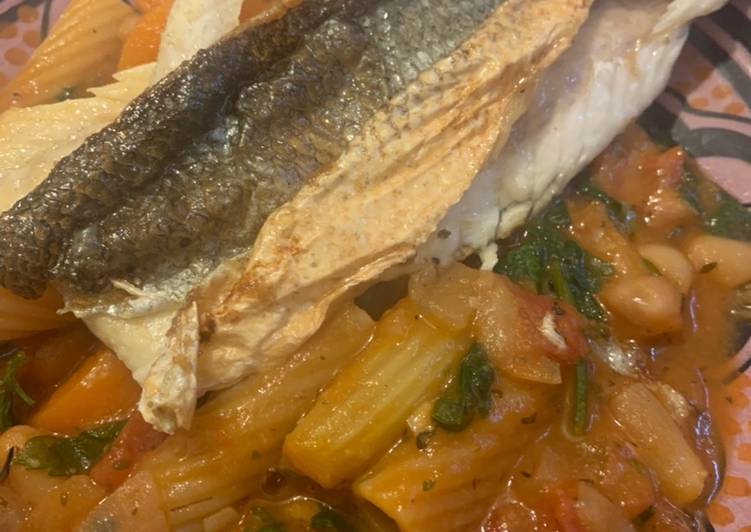
Hey everyone, it is Drew, welcome to my recipe page. Today, we’re going to prepare a distinctive dish, traditional japanese warabi mochi with potato starch. One of my favorites. For mine, I’m gonna make it a bit unique. This is gonna smell and look delicious.
Great recipe for Traditional Japanese Warabi Mochi with Potato Starch. I came up with this recipe when I didn't have warabi starch on hand. The longer the mixture is heated, the better the taste. If it isn't heated long enough, it will be too soft, but if you heat it too long, it will become.
Traditional Japanese Warabi Mochi with Potato Starch is one of the most favored of current trending meals on earth. It is easy, it’s quick, it tastes delicious. It is enjoyed by millions daily. They’re nice and they look wonderful. Traditional Japanese Warabi Mochi with Potato Starch is something that I have loved my whole life.
To begin with this recipe, we have to prepare a few ingredients. You can cook traditional japanese warabi mochi with potato starch using 5 ingredients and 10 steps. Here is how you cook that.
The ingredients needed to make Traditional Japanese Warabi Mochi with Potato Starch:
- Make ready 2 tbsp ●Katakuriko (potato starch flour)
- Take 2 tbsp ●Sugar
- Get 160 ml ●Water
- Make ready 1 Kinako
- Take 1 Brown sugar syrup or molasses (optional)
Another traditional use for kinako is another wagashi, called Warabi Mochi (蕨餅). Warabi Mochi is made from braken fern starch, which makes it more jelly-like than mochi made with rice, and it is served rolled in kinako. Make your own traditional Japanese dessert with this easy warabi mochi recipe. Warabi mochi is made by dissolving sugar and the starch from warabi bracken (a type of edible fern) in water, letting it set into a jelly-like mixture, and dusting it with kinako soy bean flour.
Steps to make Traditional Japanese Warabi Mochi with Potato Starch:
- Prepare a bowl of cold water to be used later.
- Place all of the ● ingredients into a pot and stir until the katakuriko (potato starch flour) and sugar has dissolved.
- Heat on medium-low heat. Mix with a gentle scooping motion.
- When the liquid becomes heavy and transparent, mix slowly to prevent burning.
- As you continue mixing, the entire mixture will become viscous.
- When it comes together and has gradually become more transparent, turn off the heat. The longer you heat the mixture, the better it'll taste (as it'll remove the unpleasant floury taste)!!
- Bring the pot over to the faucet and pour water directly into the pot without letting the water directly touch the mixture.
- Cut the mixture in the pot into bite-sized pieces. Cut it by forming your thumb and pointer finger into a ring and cutting it with that. (Refer to the picture).
- As you cut each one, drop in the prepared bowl of cold water from Step 1.
- Coat with kinako and they're complete. You could also pour molasses or brown sugar syrup on top!!
Make your own traditional Japanese dessert with this easy warabi mochi recipe. Warabi mochi is made by dissolving sugar and the starch from warabi bracken (a type of edible fern) in water, letting it set into a jelly-like mixture, and dusting it with kinako soy bean flour. TRADITIONAL JAPANESE RECIPE: Mochi is a soul food. Deliciously chewy and jelly like, mochi is normally covered with sugar or soybean flour. but the Matcha version is the ultimate treat for who's willing to spend a bit more. Warabi Mochi is mainly made of Warabi starch, a type of fern, and the starch comes from the rhizomes (underground stem). わらび餅 (Warabi-Mochi) is traditional Japanese jelly-like Mochi-like confectionery (和菓子 wagashi).
So that’s going to wrap this up for this special food traditional japanese warabi mochi with potato starch recipe. Thank you very much for reading. I am confident you can make this at home. There is gonna be interesting food at home recipes coming up. Remember to bookmark this page in your browser, and share it to your family, friends and colleague. Thanks again for reading. Go on get cooking!

